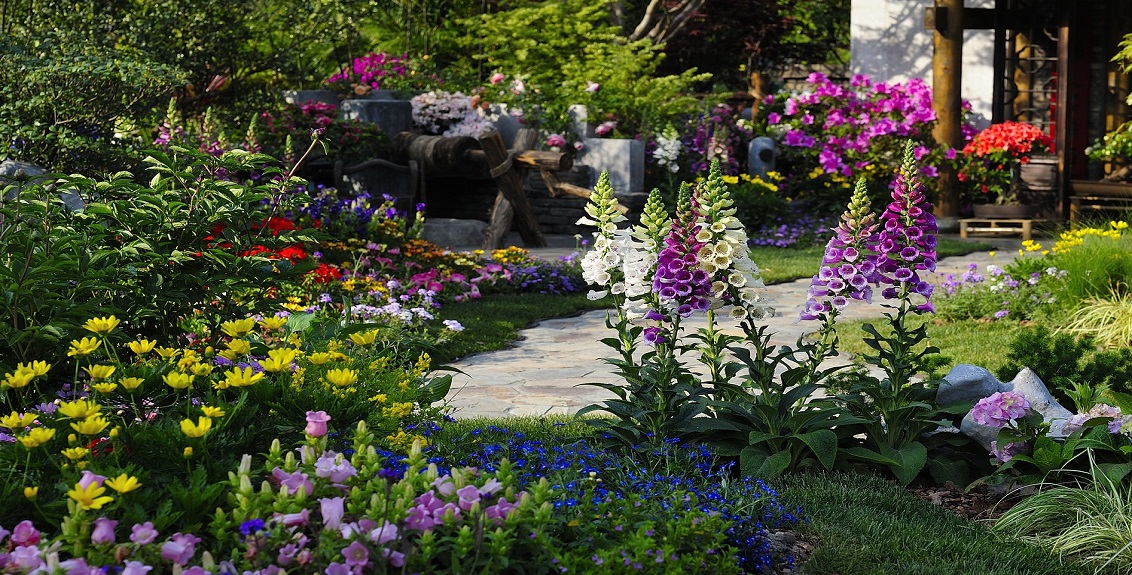Courtyard Planting
The main element in a courtyard is that it is an enclosed space. In a small courtyard you can choose plantings that help to dispel any tendency to claustrophobia and there are plenty of clever design techniques you can use to make the most of your space.
In this video you can see 10 ideas to make the most of your courtyard garden.
Some Tips
- First emphasise the horizontal dimension, since the enclosing walls already strongly define the vertical. In such a tiny space, likely to have limited exposure to the sun because of the shading effect of the walls around it, avoid (as much as possible) dark tones and all clutter.
- Define a straight path of two foot width across the centre. Whether it is ten feet long or six feet long will depend on the orientation of the yard to the sun – aim for the best fit to a north-south orientation. The path needs to be paved in a lightly toned colour, with materials chosen according to budget.
- Against the walls, on the perimeter of the courtyard, plant shrubs that will grow to an eventual height of no more than five feet.
- Plantings should also have due regard to drains and other services.
- Exact species will depend on the sun/shade mix they receive, but will include specimens such as chokeberry (Aronia melanocarpa), golden leaf dogwood ( Cornus alba aurea), and burning bush (Euonymus). Look for shrubs that will provide autumn colour following summer flowering. Prune if necessary, to limit growth to the five-foot mark.
- Fill the planting areas with mass drifts of perennials and annuals – low growing pansies, violas, impatiens nearest to the path, taller salvia, asters and chrysanthemums next, and so on successively, ending with Japanese anenomes, hydrangeas and alstromerias along the back.
- In amongst these plants place spring flowering bulbs: gladiolus, freesia and ranunculus.
- Aim to always have colour on display to draw the eye down and away from the enclosing walls.
